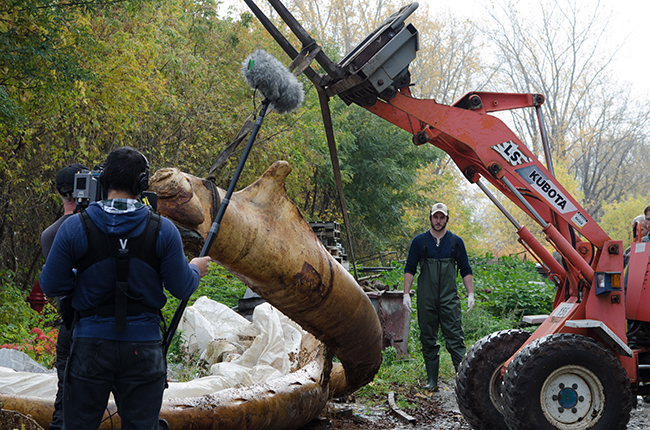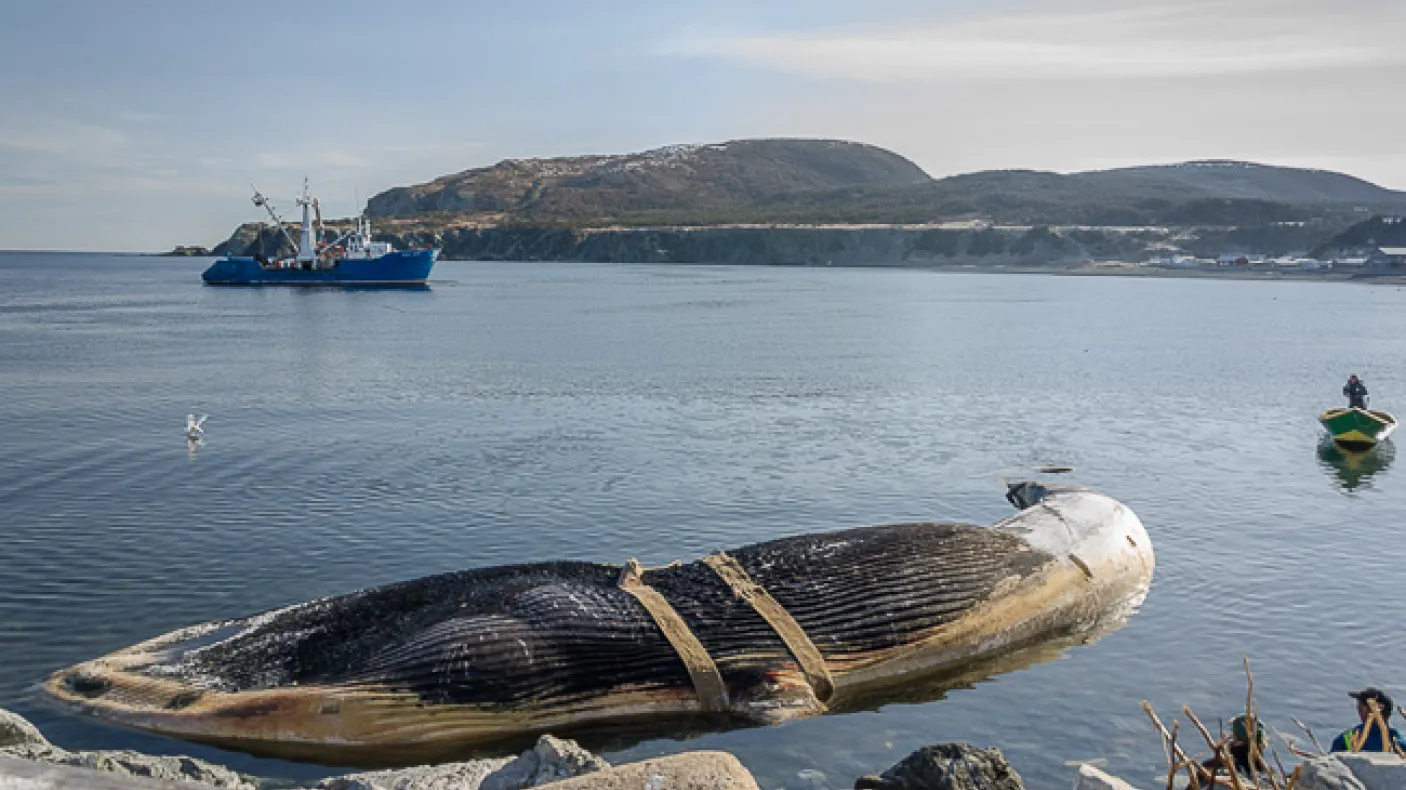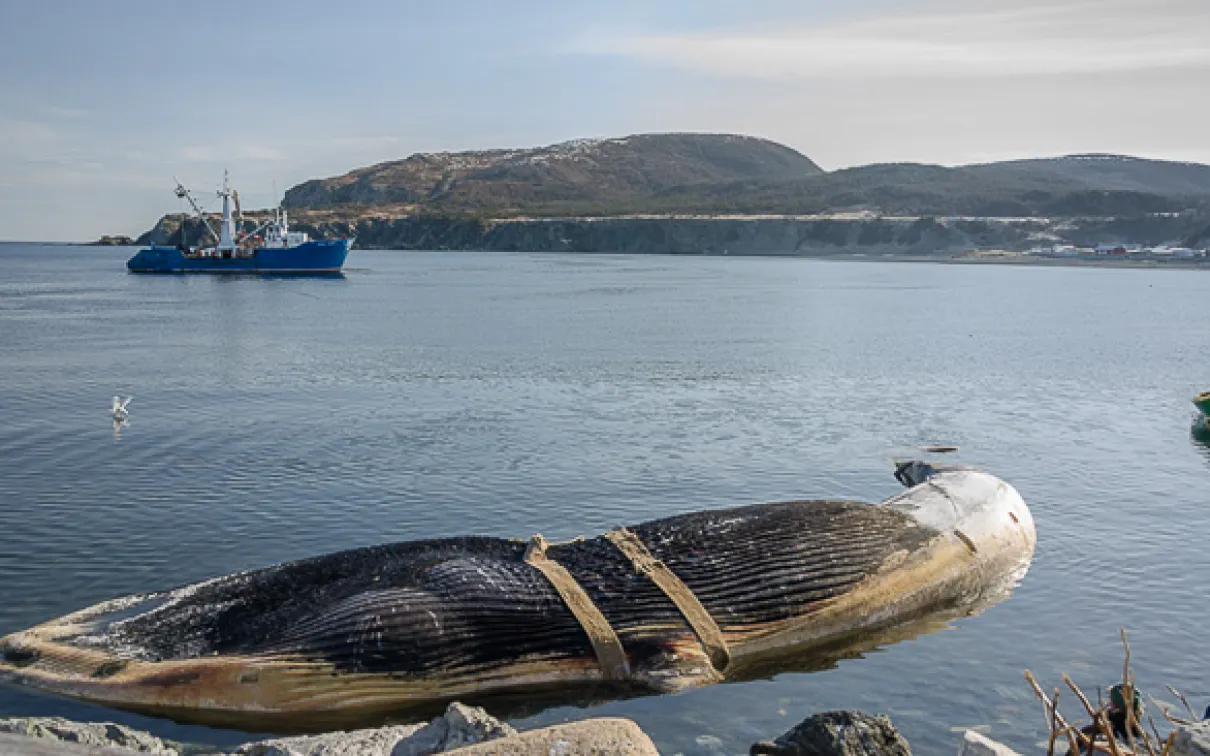Blue Whale Update: Where is it Now?
Published
Categories
Author
Blog Post
Guest Blog Posting by Environmental Visual Communication (EVC) student, Nila Sivatheesan
The infamous blue whales made headlines in May 2014 as it washed up on the shores of Rocky Harbour and Trout River, Newfoundland and Labrador. Pictures of the whales went viral across social media, as locals were worried about the repulsive smell and the possibilities of it exploding. The Royal Ontario Museum’s Centre for Biodiversity crew was sent to Newfoundland to collect samples for research and help with the recovery to bring it back to the museum. The air was filled with excitement, as more and more pictures and videos circulated the World Wide Web. But as the excitement died down, we are left with the question: What now?
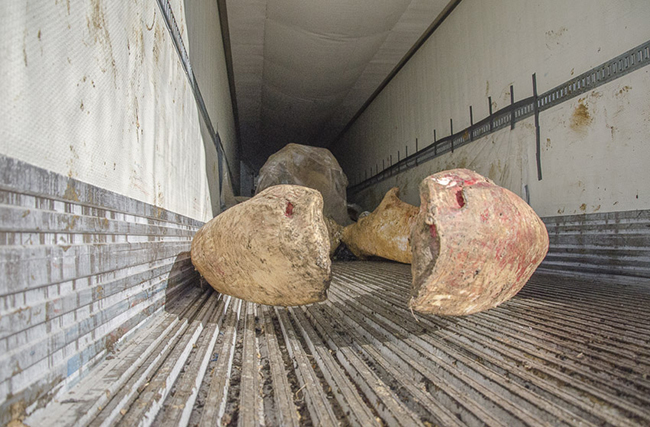
I had the opportunity to sit down with Burton Lim, ROM Assistant Curator of Mammalogy, who was a part of the team that was in Newfoundland and ask him a few questions:
Where is the whale now, and what is happening to it?
Once the initial clean up in Newfoundland came to an end, the two whales were put into three big tractor-trailers and sent to a company in Trenton, Ontario, known as Research Casting International. They will be preparing the whales for display. Any remaining flesh and skin that was not already flushed away in Newfoundland will now be thoroughly cleaned off. The bone marrow that is still inside the bones will have to be removed; otherwise it will start seeping slowly overtime, which will attract insects, dust and dirt. The skulls will be buried in manure compost, and enzymes and bacteria will biologically breakdown the flesh.
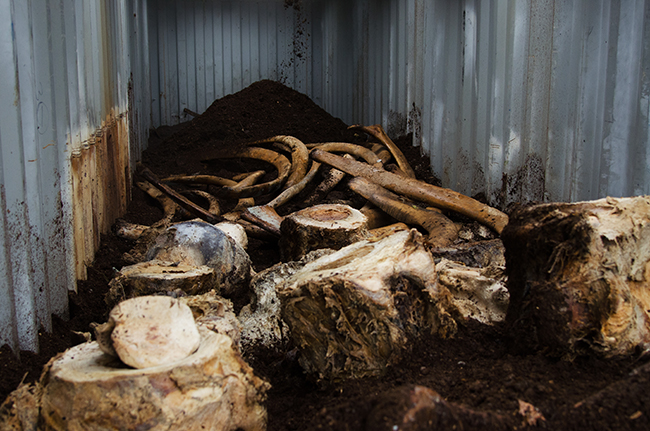
The bones that were already cleaned off in Newfoundland need to be degreased, which is essentially a dry cleaning technique that involves the grease that is inside the bones being forced out using chemicals. Once the bones are ready, they will be prepared for mounting and one whale will come to the ROM while the other heads off to Memorial University. This process can take up to 1-2 years.
Do we know how exactly the 9 whales died?
There is still no concrete evidence on how exactly they died. The two theories is that the ice crushed them, or they ended up drowning due to being caught under the ice pack which was too thick and too large to break through or swim around. One of the whales, the one that I helped prepare, had a crushed skull in the back, almost broken in half. The second whale had quite a bit of blood under the skull, which might have been an indication that it was trying to break through the ice, which was just too thick. From what we’ve seen on the skulls, the drowning scenario seems most likely. But we’ll never know for sure.
How will this whale be beneficial to the museum and to science?
It was a popular story, a memorable story, and a tragic story. The whales got a lot of press, both in Canada and internationally. The story itself will have people interested. But more importantly it will give us a good opportunity to talk about whale conservation and whale research.
We’re in the middle of a project right now actually. We brought back some tissue samples and we want to sequence the whole DNA genome for the blue whale, which hasn’t been done yet. This will be valuable from a research perspective and also a conservation perspective, when looking at why whales were so successful in adapting to marine environments. This research might help other endangered species as well that may potentially go extinct.
We’re trying to take advantage of this tragic event and turn it into a positive thing towards education and research.
The blue whale is listed as an Endangered Species under Schedule 1 of the Canadian Species At Risk Act.
